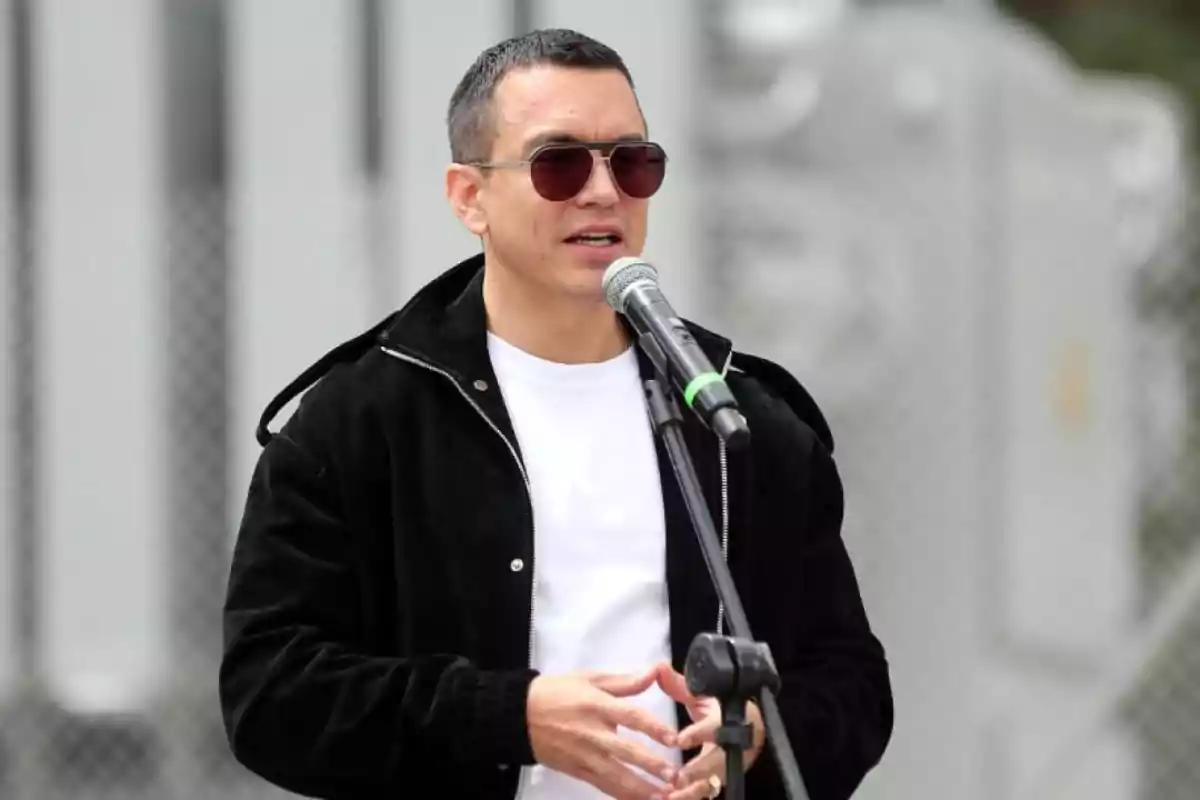
Daniel Noboa is leading the largest state restructuring since Correa's administration.
The Executive Branch will be reduced from 29 to 17 entities as part of the Government's new efficiency plan
President Daniel Noboa announced a new deep restructuring of the Executive Branch. Through the merger of ministries, secretariats, and services, the Executive Branch will go from 29 to 17 entities, representing a 41% reduction in its institutional structure.
Among the entities that will be absorbed are ECU 911 and SNAI, key services for security and the penitentiary system. Despite doubts from the citizens, the Government assured that this reform will not affect the public services provided by the State.
This reorganization has already caused resistance in different sectors. In addition to the uncertainty caused by the initial 5,000 layoffs, there is a lack of information about the future of 13,810 employees from the entities that will be merged or eliminated.
The restructuring is part of the administrative efficiency plan of the Government. Noboa follows the line of his predecessors, such as Lenín Moreno and Guillermo Lasso, who also aimed to reduce the size of the state in the face of economic and fiscal pressure.

During correísmo, despite the announcement of a reduction in institutions, the number of public servants grew by 100,000. Now, the approach is the opposite: Noboa proposes a real cut, without new creations of entities that would increase bureaucracy.
Among the affected agencies are the Ministry of Women, the Ministry of Housing, and the Ministry of Environment. This decision has been questioned due to the importance of these portfolios in the context of structural violence, housing deficit, and climate crisis.
In his first term, Noboa already eliminated entities such as EMCO and the Security Secretariat. After his reelection, he seeks a deeper transformation, stating that these reforms will allow the State to be more agile, efficient, and less costly.
However, the lack of details about implementation timelines, criteria for evaluating officials, and the fate of key areas is generating political and social tension. The efficiency plan is becoming one of the riskiest bets of his administration.
More posts: